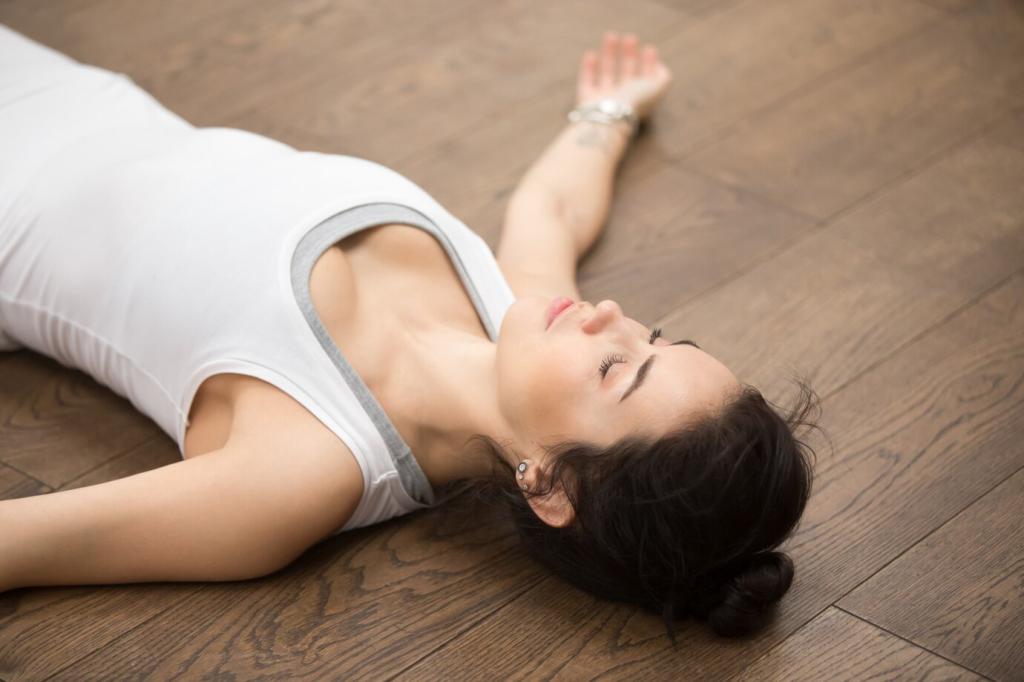
Calming Yoga Techniques for Novices: Start Soft, Breathe Deep
Chosen theme: Calming Yoga Techniques for Novices. Welcome to a gentle doorway into yoga where calm is the goal, not acrobatics. Settle in, breathe, and subscribe for weekly beginner-friendly inspiration that feels like a kind hand on your shoulder.
Breath Before Movement: The Quiet Engine of Calm
Place one hand on your belly, one on your chest, and let the lower hand rise first. Inhale gently for four counts, exhale for four, repeating slowly. Notice your shoulders drop as your breath deepens, signaling safety to your nervous system.
Breath Before Movement: The Quiet Engine of Calm
Inhale easily for four counts, then exhale for six or even eight. That longer out-breath nudges the parasympathetic response, easing tension. Picture steam leaving a kettle, soft and steady, as you release the day’s pressure with kindness.
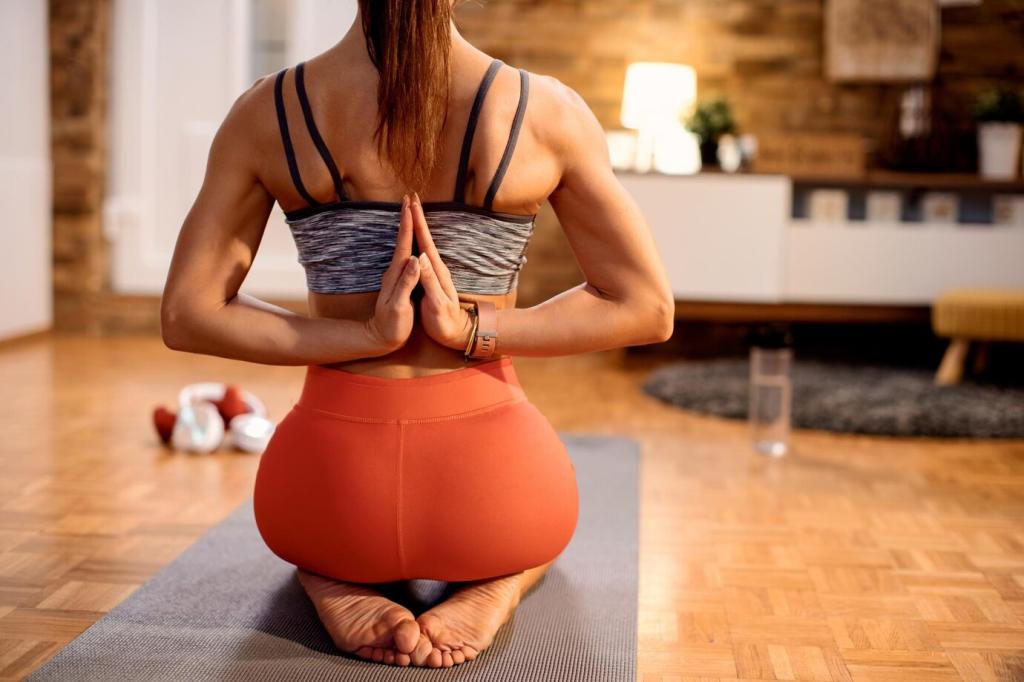
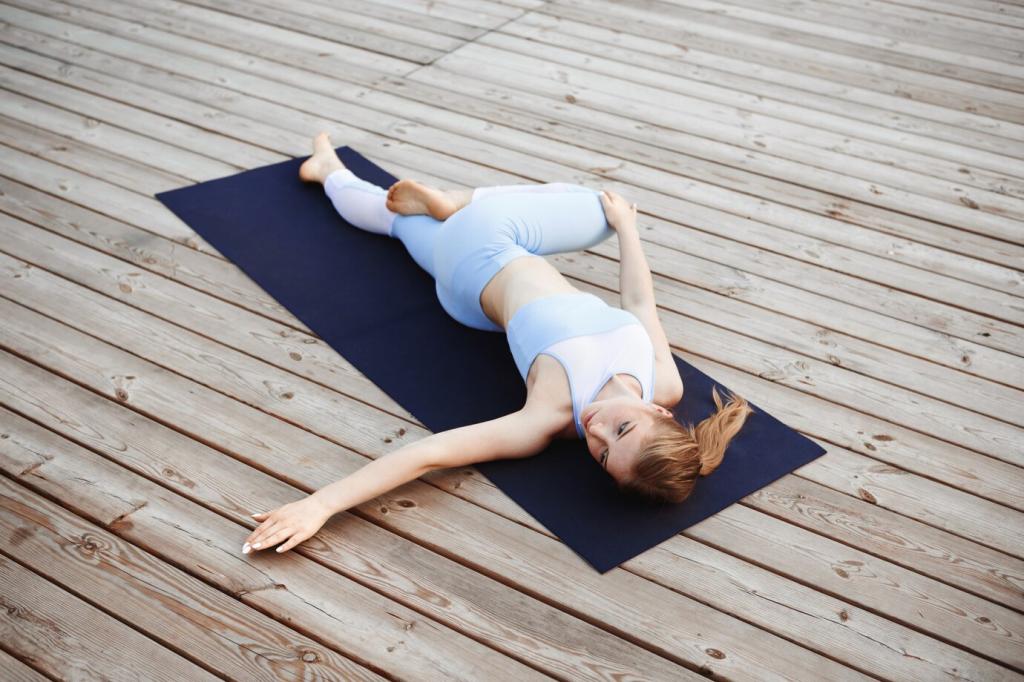
Grounding Basics: Feeling Safe on the Mat
Stand with feet hip-width, toes relaxed, knees soft. Root through heels and big toes while lifting the crown of the head. Let your gaze settle. When you feel your footprint, your mind often follows, quieting its rush to future worries.
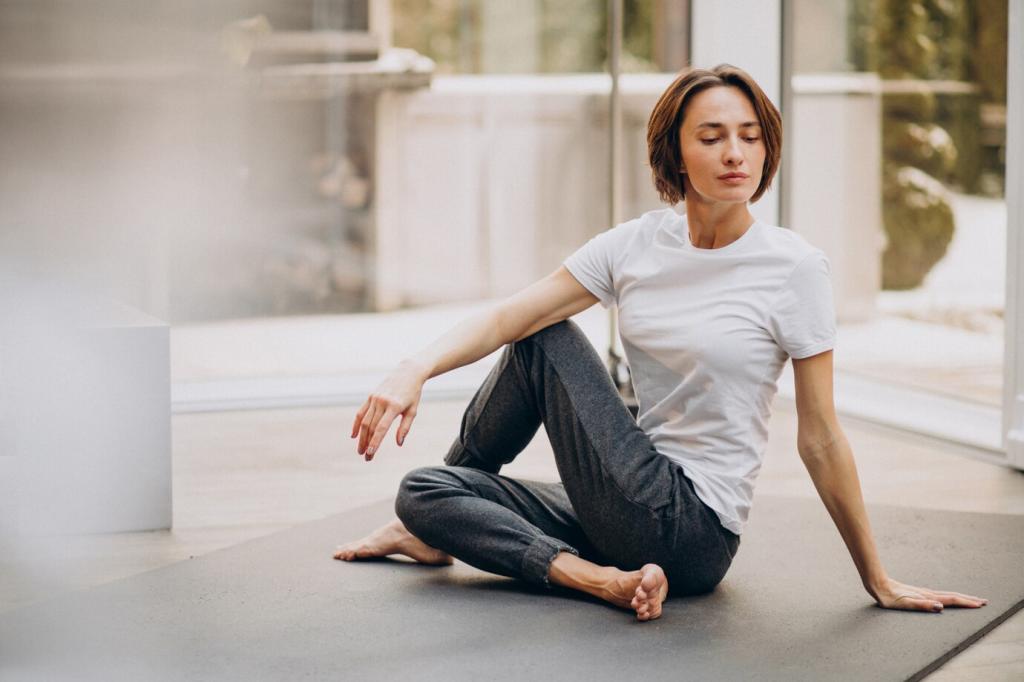
Beginner-Friendly Postures That Calm, Not Overwhelm
On hands and knees, inhale to gently arch, exhale to round. Match movement to breath, not speed. This rhythm soothes the spine and mind, inviting an unfussy, beginner-perfect flow that releases pent-up desk tension without strain.
Beginner-Friendly Postures That Calm, Not Overwhelm
Stand and hinge from hips, resting hands or forearms on a chair. Bend knees generously to ease hamstrings and back. Let your head hang heavy and feel your exhale lengthen. The support keeps things calm, comfortable, and sustainable for novices.
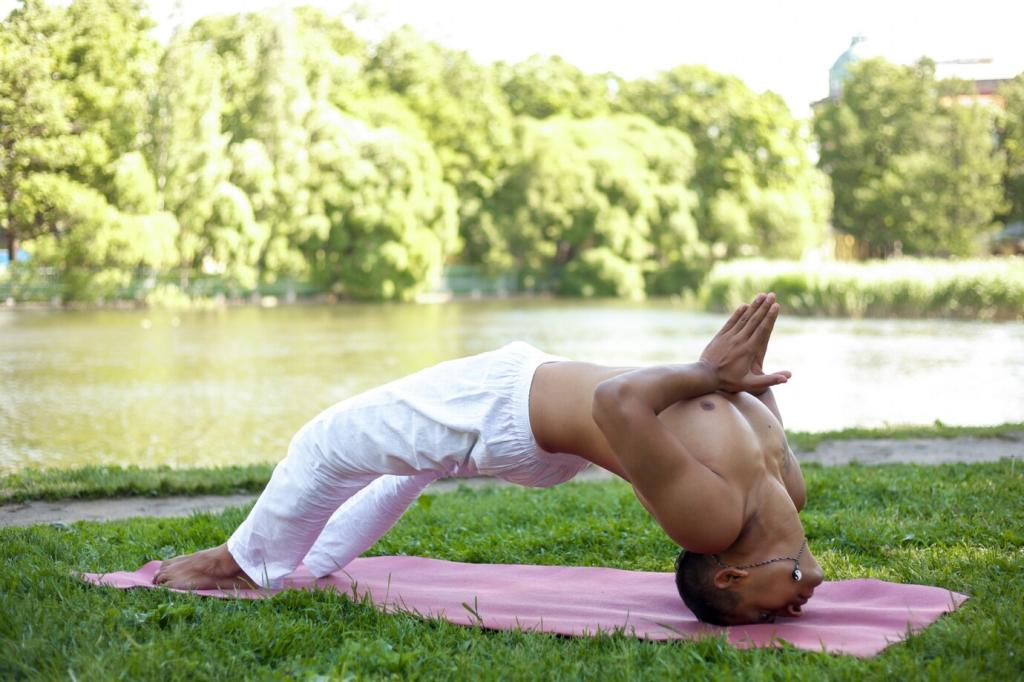
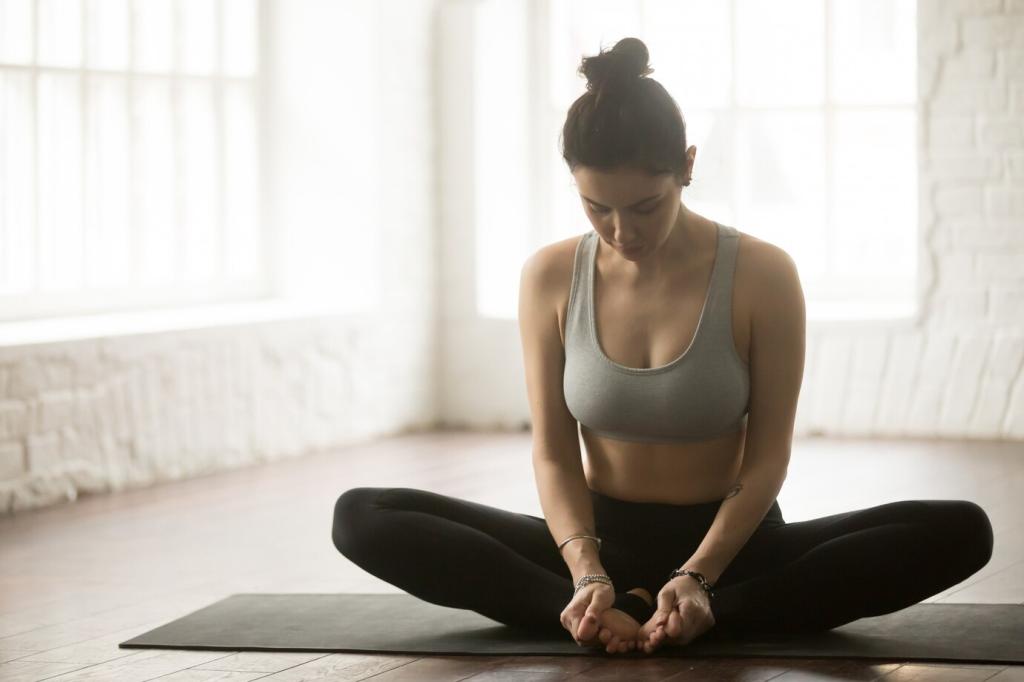
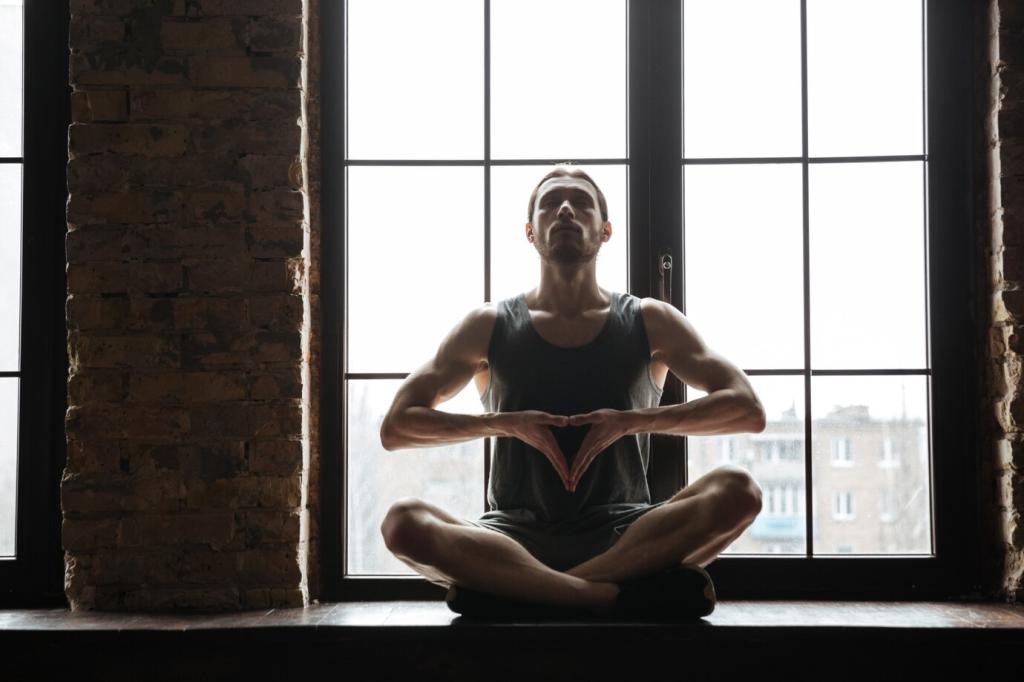
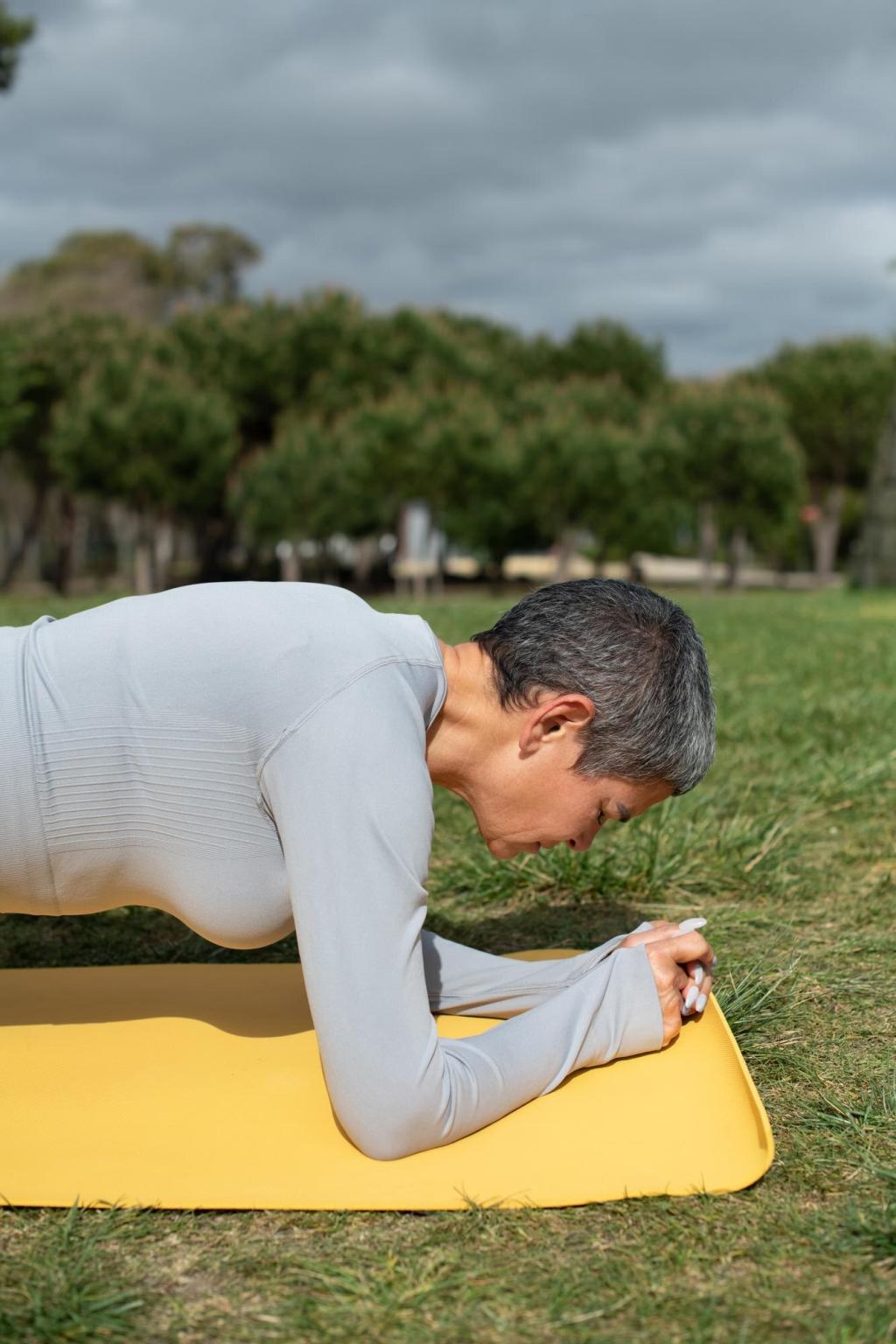

This is the heading
Lorem ipsum dolor sit amet, consectetur adipiscing elit. Ut elit tellus, luctus nec ullamcorper mattis, pulvinar dapibus leo.

This is the heading
Lorem ipsum dolor sit amet, consectetur adipiscing elit. Ut elit tellus, luctus nec ullamcorper mattis, pulvinar dapibus leo.
Kindness First: Safety, Modifications, and Pace
Sharp, electric, or pinching sensations are your red lights. Gentle stretch or warmth is okay. If breath shortens, back off until steadiness returns. Beginners build trust by responding to signals early, not waiting for them to shout.
Kindness First: Safety, Modifications, and Pace
Pad knees with blankets, elevate hands on blocks to reduce wrist load, and bend knees deeply in folds. Support your lower back with a pillow in reclined poses. These tweaks make calming techniques truly accessible for novice bodies.
Kindness First: Safety, Modifications, and Pace
If a pose spikes anxiety or discomfort, skip it without guilt and choose a calmer alternative. Stay longer where breath feels silky and present. Your practice is personal; honoring that truth is the quiet courage of beginners.
Micro-Habits Beat Motivation
Tie two minutes of breath to an existing routine—after brushing teeth or shutting your laptop. Tiny repetitions prove reliability to your body. Over time, you may want more, but the habit is born from small, friendly steps.
Journal Prompts that Encourage Progress
After practice, jot one sentence: What softened? Where did I feel breath most? What will I do next time? This reflection keeps novices curious, noticing subtle wins that numbers and timers might miss entirely.
Invite Accountability and Community
Ask a friend to text you a breath check, or comment your practice time below. Subscribe for weekly reminders, beginner challenges, and calming audio cues. Shared intentions make gentle routines stick when motivation decides to wander.
